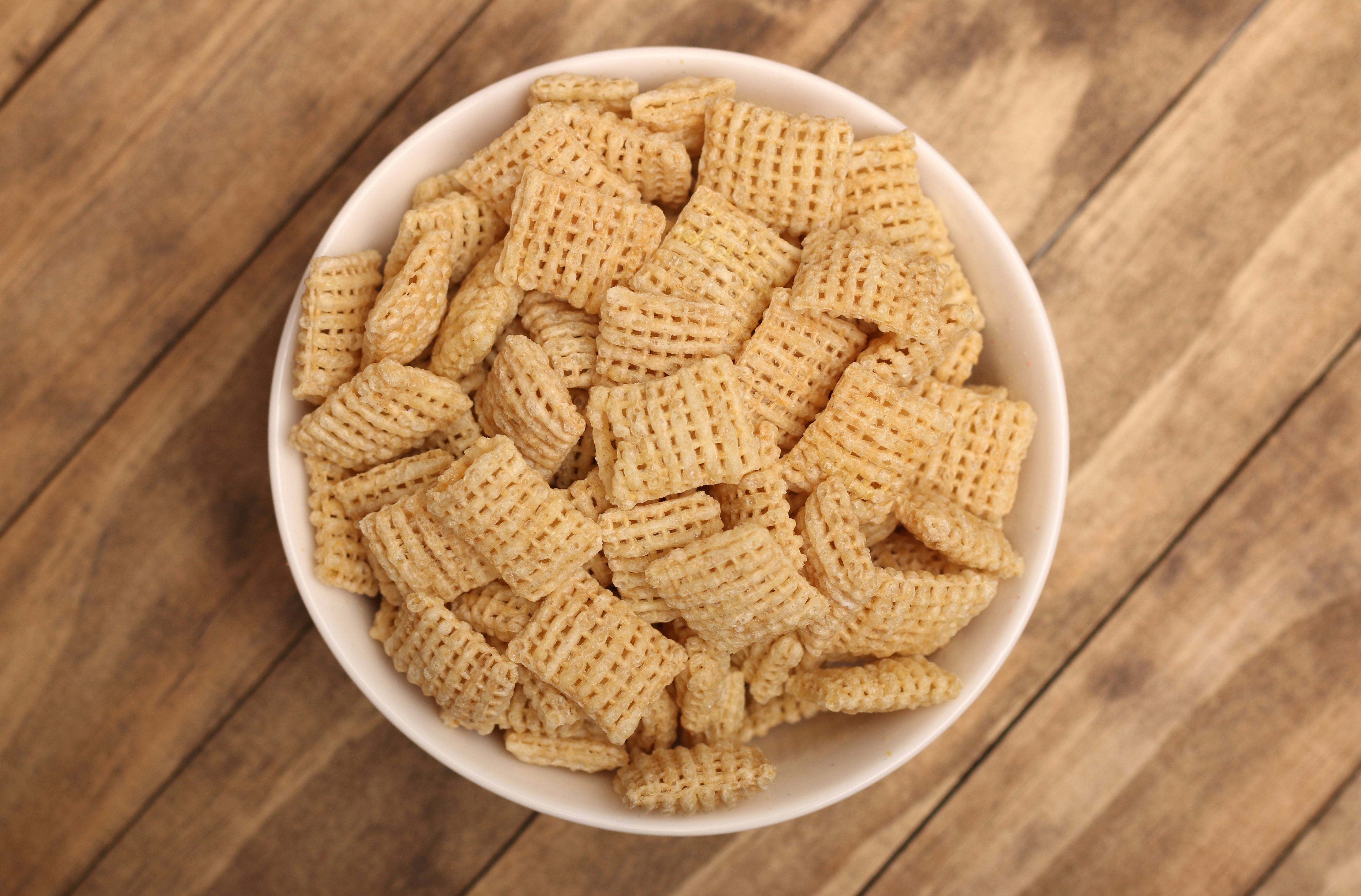
Rice Chex is a cereal so delicious it can be enjoyed for breakfast, as a snack, or even in recipes! But how is your favorite crunchy treat on the nutrition front? In this article, we’ll break down 19 must-know facts about Rice Chex nutrition to give you all the answers you need! Whether you want to know if this cereal is a good source of fiber or protein (it is!), understand its carbohydrate content (low!), or make sure that it has sufficient vitamins and minerals (yes!), we’ll share everything you need to feel great about serving up those yummy golden flakes. So grab a big bowl of your favorite cereal and let’s take an inside look at the nutritional information – ready… set… Chex-on!!
Calories
A single serving of Rice Chex, about one cup, contains around 100 calories. This makes it a relatively low-calorie choice compared to many other breakfast cereals.
Fat Content
Rice Chex is low in fat, containing only 0.5 grams of fat per serving. It contains no saturated or trans fats, making it a heart-healthy choice.
Carbohydrates
Rice Chex is high in carbohydrates, with 23 grams per serving. These are primarily complex carbohydrates, which provide a steady release of energy.
Dietary Fiber
One serving of Rice Chex provides 1 gram of dietary fiber. Fiber is essential for maintaining good digestive health and can help you feel full longer.
Sugars
Rice Chex contains 2 grams of sugars per serving, making it one of the lower-sugar cereals on the market. This includes both naturally occurring and added sugars.
Protein
Rice Chex provides 2 grams of protein per serving. While it’s not a high-protein food, it can contribute to your daily protein intake.
Sodium
Each serving of Rice Chex contains 240 milligrams of sodium, which accounts for about 10% of the recommended daily intake.

Vitamin A
Rice Chex is fortified with various vitamins and minerals, including Vitamin A. Each serving provides 10% of the daily value of this essential vitamin.
Vitamin C
Like Vitamin A, Vitamin C is also added to Rice Chex. Each serving provides 10% of the daily value of this antioxidant vitamin.
Calcium
Rice Chex is a good source of calcium, with each serving providing 10% of the daily value. Calcium is essential for strong bones and teeth.
Iron
Each serving of Rice Chex provides a whopping 45% of the daily value for iron, a mineral that’s essential for carrying oxygen in your blood.
Vitamin D
Rice Chex is fortified with Vitamin D, providing 10% of the daily value per serving. Vitamin D is important for bone health and immune function.
Thiamin
Rice Chex is a good source of thiamin, also known as Vitamin B1, providing 20% of the daily value per serving. Thiamin is important for converting food into energy.
Riboflavin
Like thiamin, riboflavin (Vitamin B2) is also well-represented in Rice Chex, with a serving providing 30% of the daily value.

Niacin
Rice Chex is fortified with niacin or Vitamin B3, providing 10% of the daily value per serving. Niacin is essential for good digestive and skin health.
Vitamin B6
Each serving of Rice Chex provides 20% of the daily value for Vitamin B6. This vitamin is involved in over 100 enzyme reactions in the body.
Folic Acid
Folic acid, or folate, is another nutrient that Rice Chex is fortified with. Each serving provides 20% of the daily value. Folic acid is especially important during pregnancy as it helps form the neural tube.
Vitamin B12
Rice Chex provides 20% of the daily value for Vitamin B12 per serving. This vitamin is crucial for nerve function and the formation of red blood cells.
Zinc
Last but not least, Rice Chex is a good source of zinc, providing 20% of the daily value per serving. Zinc is essential for immune function and DNA synthesis.
Conclusion
Rice Chex has truly earned its status as a breakfast staple that can make meal times flavorful, fun, and healthy! Whether you decide to enjoy it dry as a snack, in recipes, or with milk at breakfast, you’ll get plenty of fiber and protein while satisfying your crunchy cravings. Plus, all of the vitamins and minerals are sure to nurture your body with essential nutrients. With these 19 must-know facts about Rice Chex nutrition in mind, there’s no doubt that this is a tasty cereal for the whole family! So why not upgrade your morning routine by grabbing a box of Chex cereal? You just might find that it’s the perfect way to start your day – with smiles on everyone’s faces and nutrition in their bowls!
Was this page helpful?
Our commitment to delivering trustworthy and engaging content is at the heart of what we do. Each fact on our site is contributed by real users like you, bringing a wealth of diverse insights and information. To ensure the highest standards of accuracy and reliability, our dedicated editors meticulously review each submission. This process guarantees that the facts we share are not only fascinating but also credible. Trust in our commitment to quality and authenticity as you explore and learn with us.
